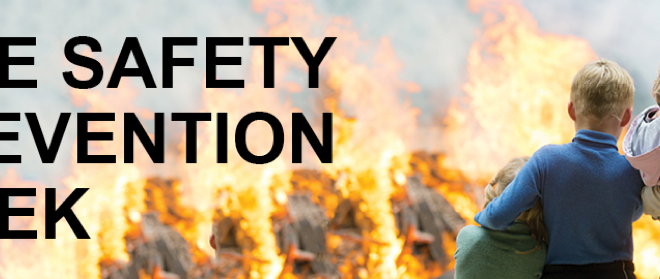Fire Prevention Week, sponsored by The National Fire Protection Association (NFPA) and set for Oct. 9-15, reminds us to prepare and practice home fire safety techniques. Some good fire prevention tips include never smoking in bed, cleaning chimneys and flues regularly and making sure portable heaters are not operating near flammable materials and are turned off when you leave the room.
Another important tip is to make sure your home’s smoke and carbon monoxide (CO) alarms are connected, equipped with fresh batteries and are operating properly. Correctly positioned and installed smoke and CO detectors are an easy and relatively inexpensive way to reduce home fire and CO poisoning risks.
Even as fire prevention awareness grows each year, smoke detector negligence remains a serious problem. The NFPA reports that about 60% of home fire deaths that occurred from 2009-2013 happened in homes that either had no smoke alarms or non-working smoke alarms. The NFPA also reports that a properly installed and working smoke detector can cut your chances of dying in a home fire in half.
The importance of smoke alarms can never be overstated and your home can never have too many. Fully functional detectors should be installed on all levels of your home and especially inside each bedroom. Testing should be performed monthly. The wiring on electricity-powered alarms should be inspected as well as the battery backup in the event of a power outage. Batteries should be replaced in non-electrical detectors frequently. A good way to remember to do this is replace them when you adjust your clocks for Daylight Savings Time each fall and spring. If the detectors do now work with new batteries, it is time to replace the old detector with a new one. Smoke detectors should be replaced every 10 years regardless of operational status.
Also, with summer waning away and fall right around the corner, please remember that your furnace should receive a thorough inspection and tune-up. A properly serviced and operating furnace will reduce the risk of carbon monoxide poisoning. That said, it is always a good safety measure to install a carbon monoxide detector.
See our blog from earlier this month about more information concerning furnace tune up, how to prevent and detect CO contamination and CO detector options. Call the pros at Kotz today for your peace of mind.

